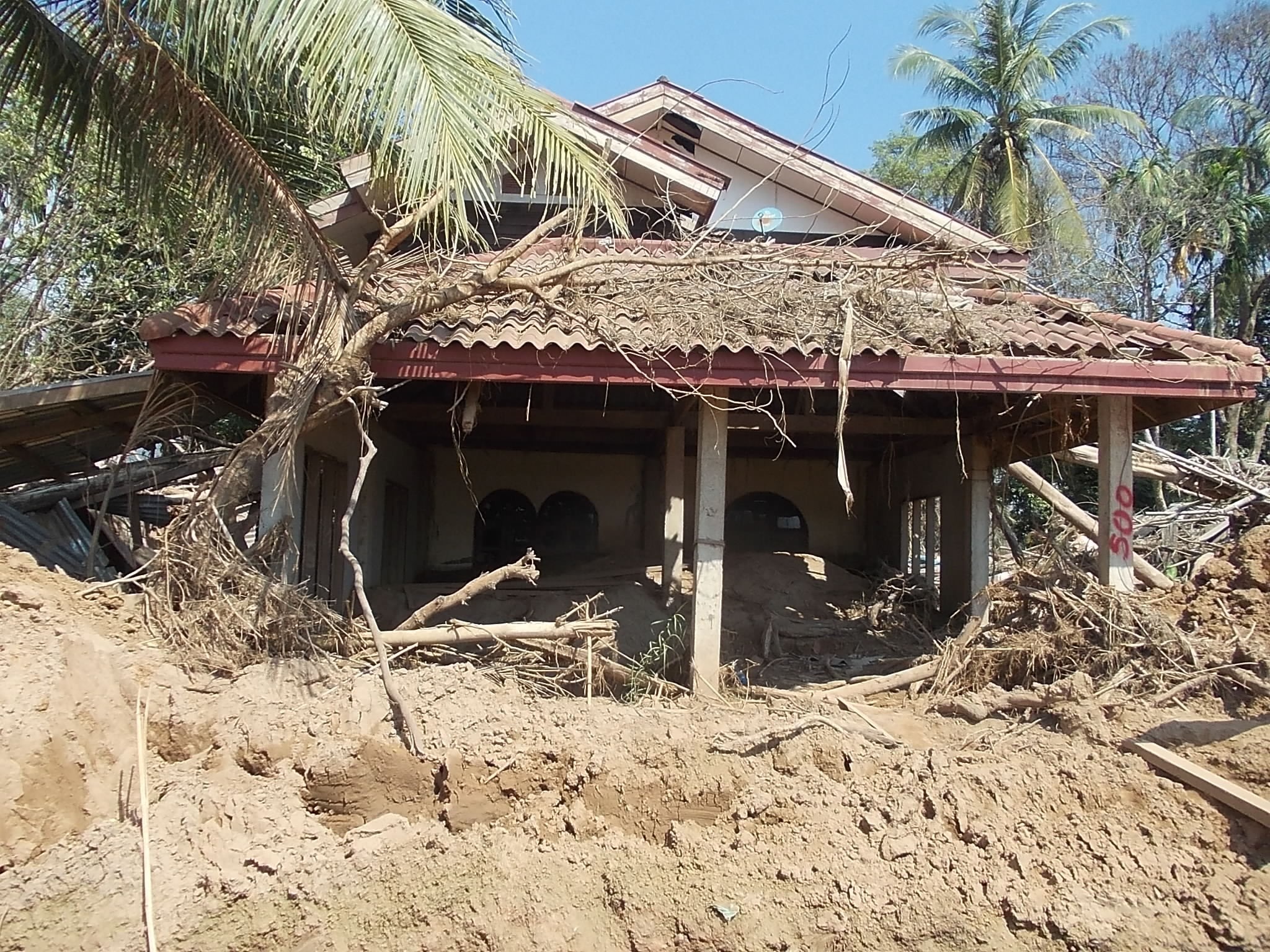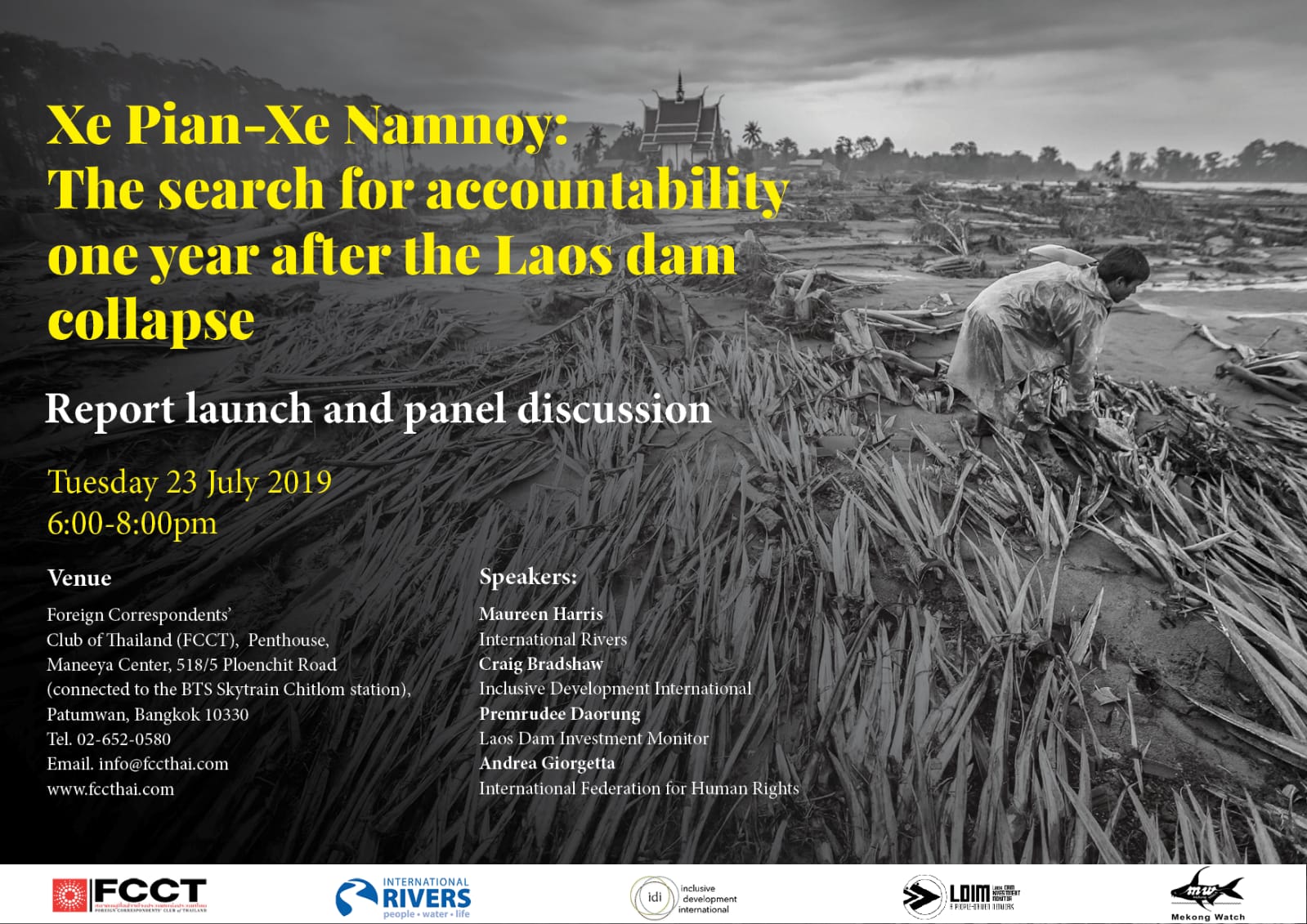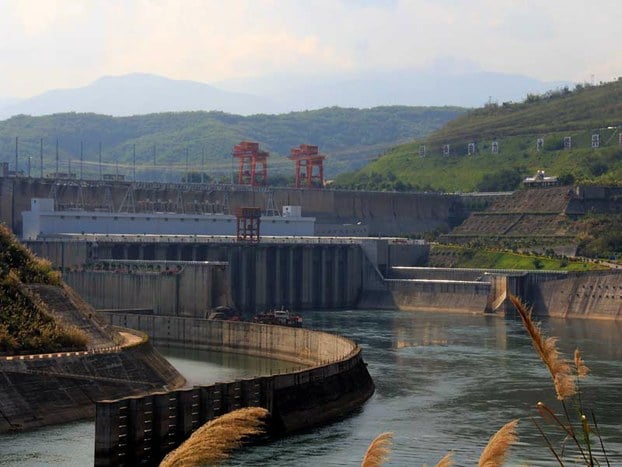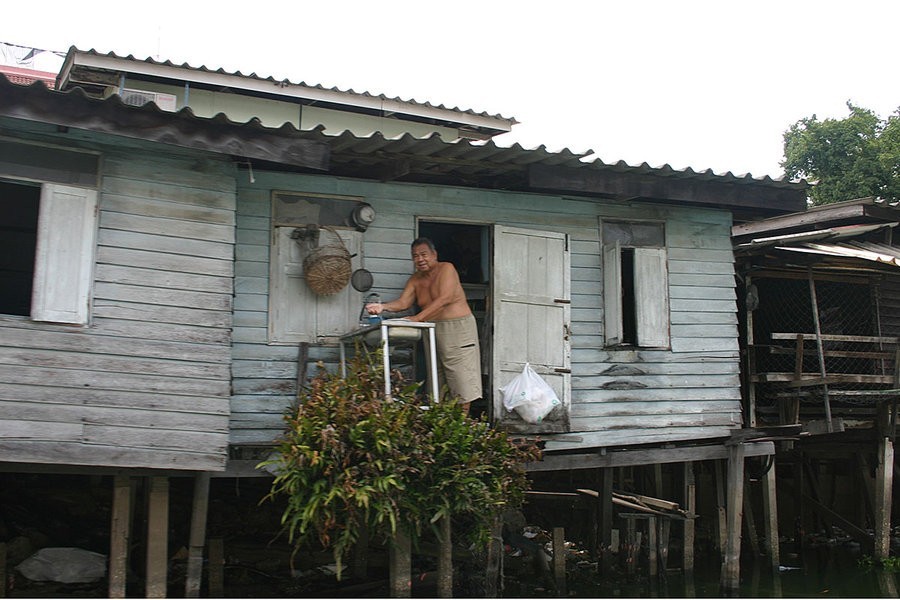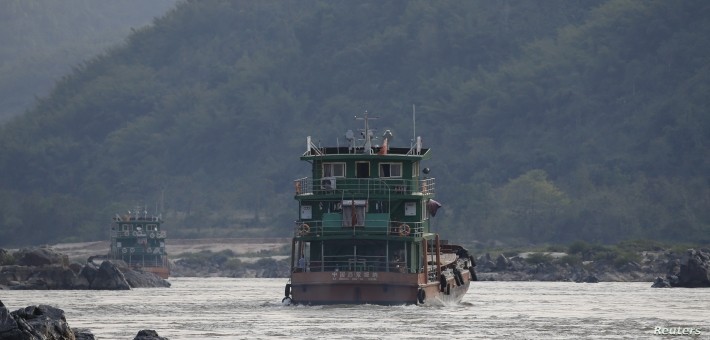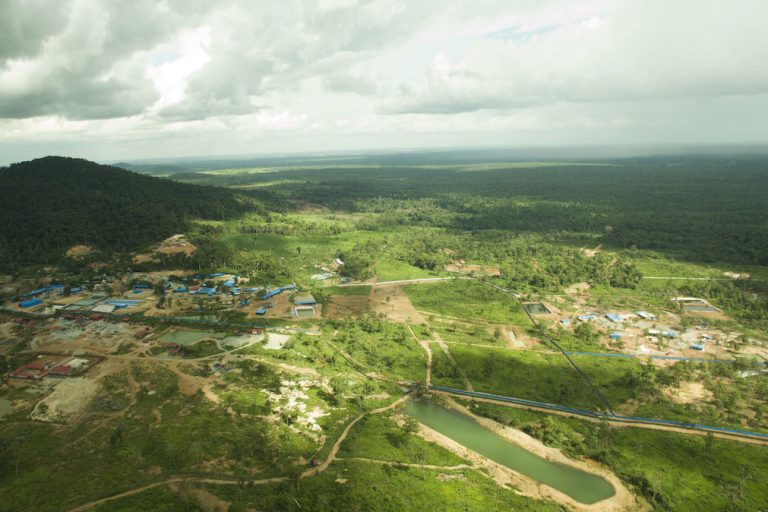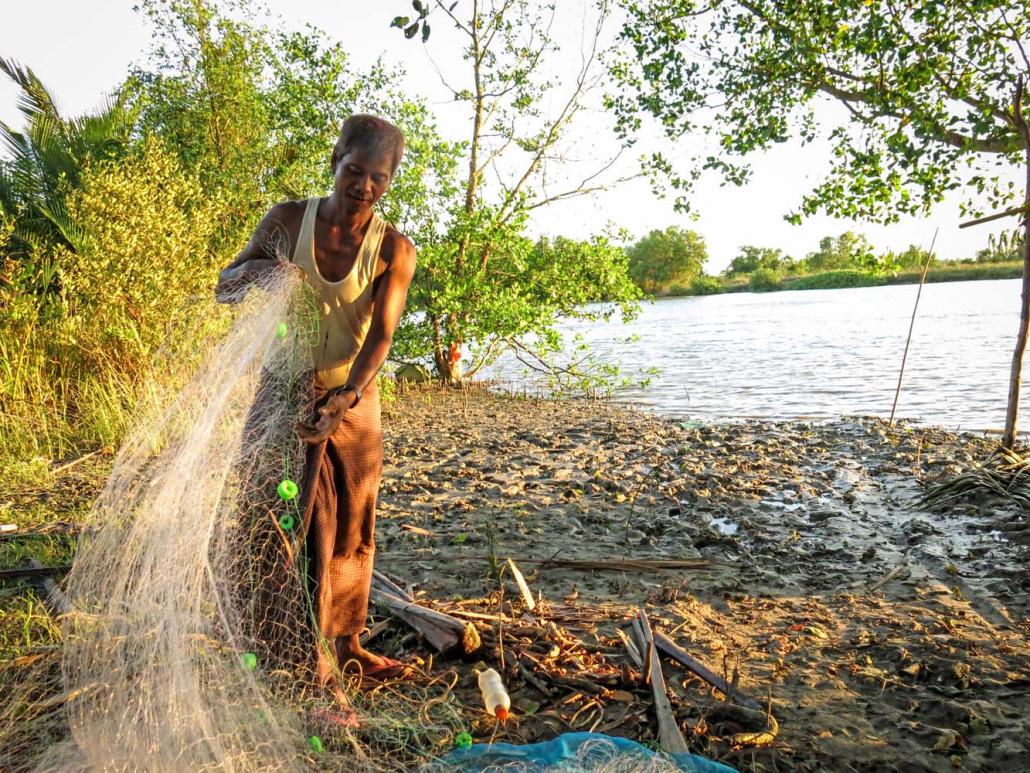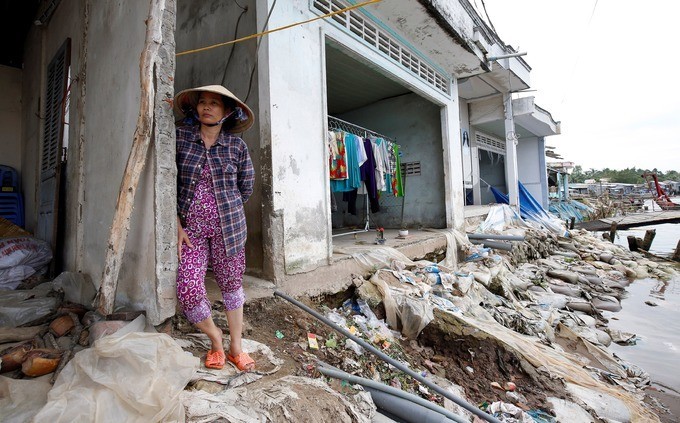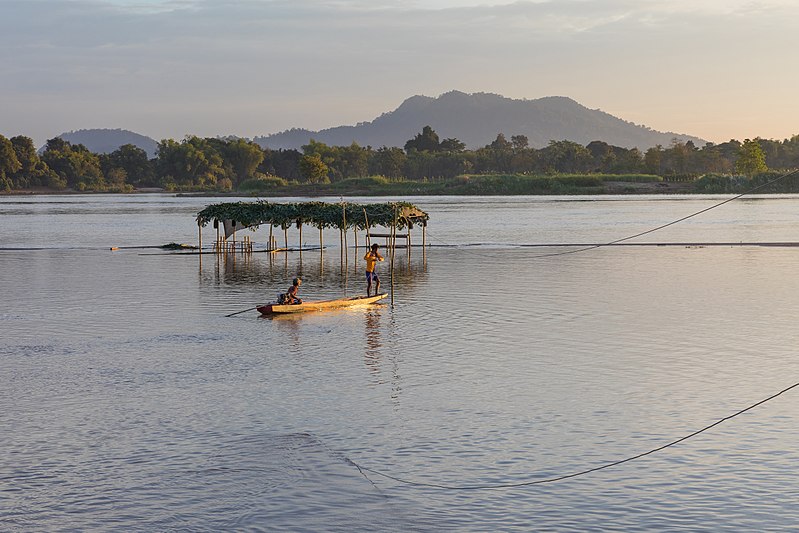The Xe Pian-Xe Namnoy dam collapsed in Loas one year ago unleashing a wall of water that killed at least 71 people and flooded thousands of homes and family farms. It’s time for accountability!
Category: Analysis
Xe Pian-Xe Namnoy: The search for accountability one year after the Laos dam collapse
A growing body of evidence suggests that the dam’s lead developers and builders may have caused the dam collapse through flaws in project design and efforts to cut costs in its construction.
Villagers in Laos and Thailand Suffer as China Opens the Floodgates on Mekong River Dams
The recent opening of floodgates caused water levels in the Mekong to increase as much as 3.7 meters in some places, the largest in 37 years.
When a city of canals floods, what happens to waterway shantytowns?
Dismayed as condos and office towers are thrown up with little regard for the environment, their waste dumped directly into what were once pristine waters.
Mekong Region Grows More Important to China-US Relations
A U.S. official did not specifically name China regarding “risks” and “challenges” imposed by approaches to dam building and cross-border riverine practices in the Mekong region.
Deforestation warming Cambodia, activists say
But government disagrees, says global warming is something happening in other countries
The hunger haunting the nation’s rice bowl
A depletion in the variety of local food sources due in part to climate change, stubborn poverty rates and stretched health services are driving high rates of malnutrition in the Ayeyarwady delta.
Climate crisis stares Mekong Delta closer in the face
Vietnam’s Mekong Delta faces many climate change problems, but these have exacerbated at a much faster pace than predicted.
Too little, too late for US ‘recommitment’ to Mekong countries? China’s already there
The Mekong is an essential venue for much of the grand infrastructure envisioned by China’s President Xi Jinping under his ambitious BRI strategy.
Innovative methods could transform Vietnam’s robusta farms into carbon sinks
Intercropping and decreased fertilizer use can change robusta farms from carbon sources to carbon sinks. Such practices are present in small specialty coffee industry, but not large-scale commodity producers.


